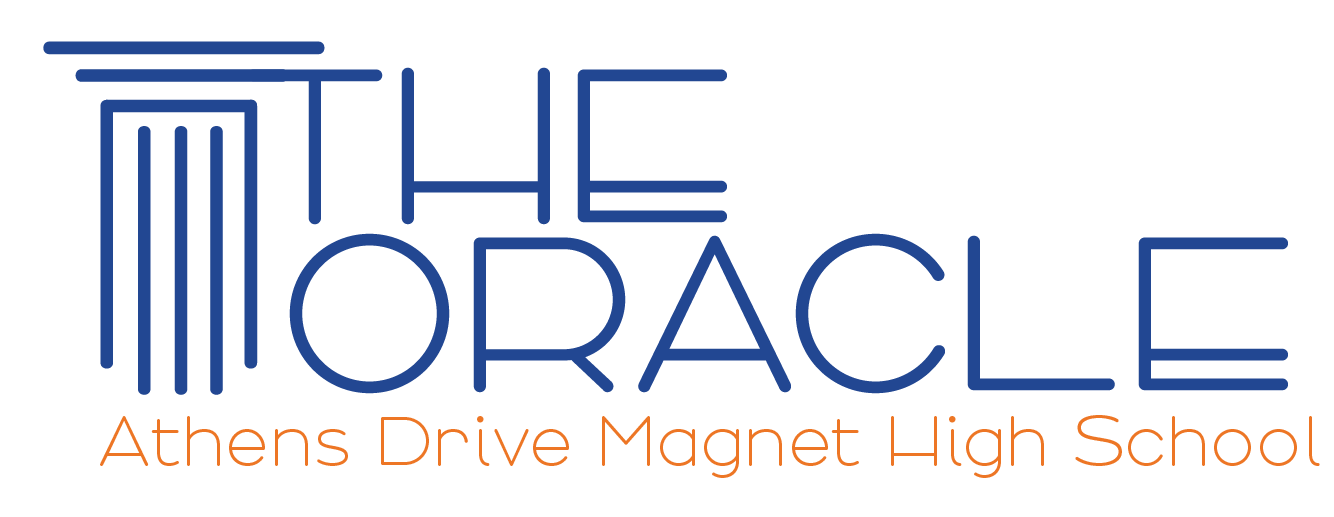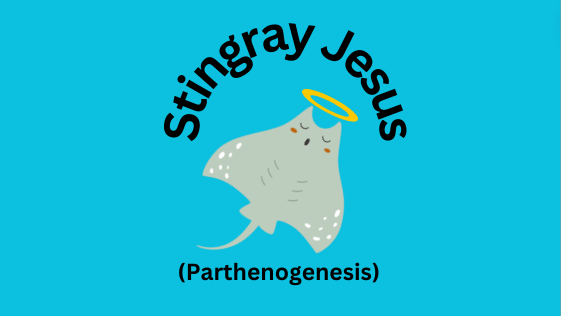The proof of solving the Riemann Hypothesis was given by Michael Atiyah at the Heidelberg Laureate Forum on Sept. 24, 2018. In a 45 minute talk he explained everything about his function T(s). However, many people disagree with T(s) because of its properties.
“The Riemann Hypothesis has to do with prime numbers, prime numbers are really essential to cryptography, to encoding things,” said John Pritchett, mathematics teacher at Athens Drive.
Prime numbers are essential to the Riemann Hypothesis, which regards the distribution and frequency of these numbers. If one is able to solve the Riemann Hypothesis, it then renders encoding useless because the hypothesis is heavily based on prime numbers.
The Riemann Hypothesis is one of seven Millennium problems named by the Clay Mathematics Institute (CMI). These are problems that have gone unsolved for decades or even centuries. Georg Friedrich Bernhard Riemann first came up with the Riemann Hypothesis 160 years ago.
The reason people do not agree with Atiyah’s T(s) is because Atiyah says it has to have certain properties. Many have concluded that no function with these properties can exist. People also found his proof very vague and anything but a proof.
Riemann’s function, the Riemann Zeta Function, works for the first ten trillion solutions, but no more. Many people are trying to solve for the rest of them.
“Your method has to be so generalized to be able to cover every single possibility,” said Pritchett.
There are an infinite amount of numbers and prime numbers in the universe. So the method has to be very generalized.
“I think it’s just the challenge, I think most mathematicians and really most people just like the challenge of solving a problem if they think there’s an answer out there,” said Ginger Harrell, mathematics teacher at Athens Drive.
Humans do not like the unknown and when people think there is a solution it drives them to solve it. People are also driven by the fact that CMI is offering 1 million dollars.
Atiyah was very convincing at first to many people, but once they dug deeper into what he was saying, it did not quite add up. There have been many people that have attempted to solve this hypothesis before, only to find a fatal flaw in their work.
Atiyah got so much attention because he has already accomplished other things such as the Fields Medal in 1966, Royal Medal in 1968 and Abel Prize in 2004. All together he has 10 awards.
“I don’t think it will change a whole lot,” said Harrell.
Students in school should not worry about their math curriculum getting changed once again as some of these millennium problems get solved. These problems have less of an effect on students and school than they do on more real world situations.
There will still be a wait to see if Atiyah has truly solved the hypothesis. The rules on being awarded the prize money is posted on CMI’s website. The general rules are: the proof must be published in a qualifying outlet, two years must have passed since publication and the solution must have general acceptance from the global mathematics community.
“As long as we’ve got these functions that can’t be turned around, that can’t be reversed, then you’ve got security,” said Pritchett.






